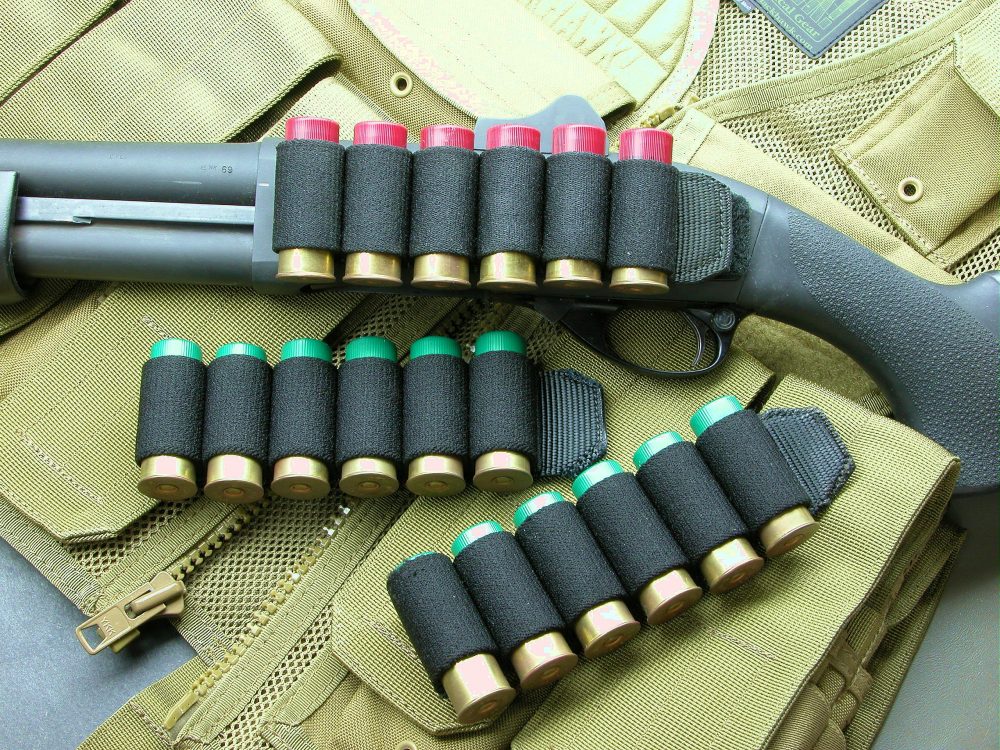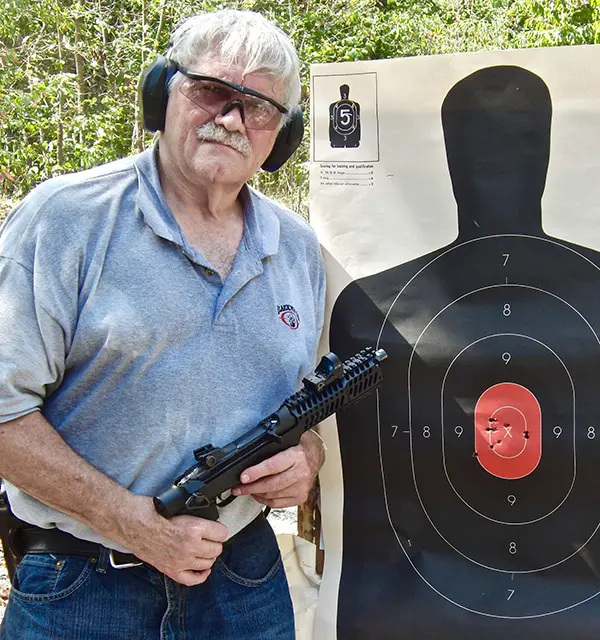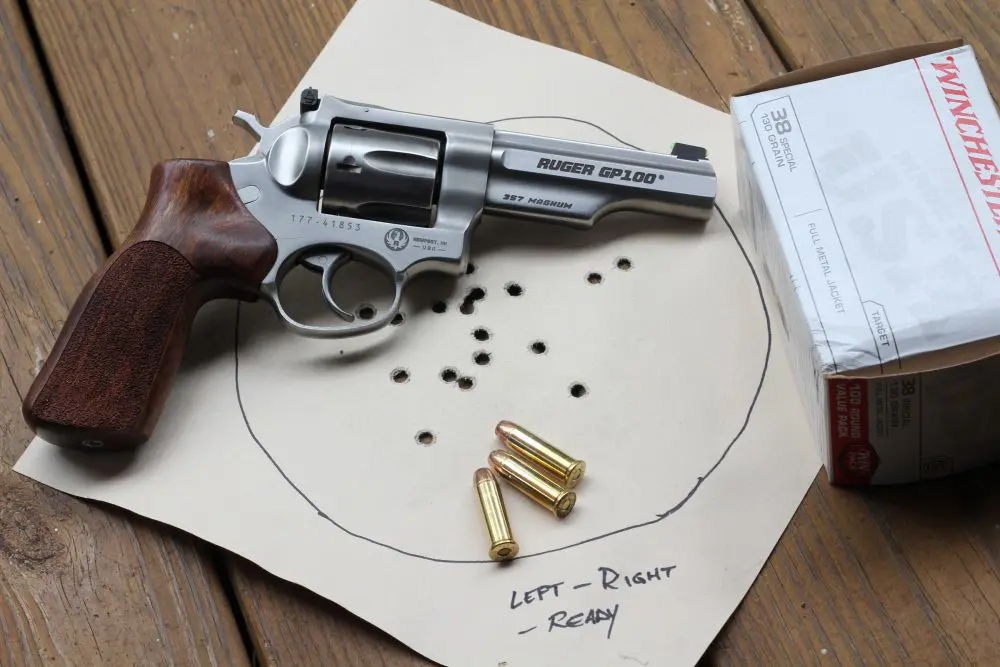We knew it was coming. The gun-ban zealots in Congress have danced around it for decades, but have almost never dared to come right out and say it in public: that banning so-called “assault weapons” will never be enough while existing owners are permitted to keep them.
That reticence is now over. The current, toxically anti-gun political environment in the wake of the recent ghastly mass shootings in Las Vegas and Parkland, Florida, along with several others, has emboldened politicians and pundits to publicly call for policies so extreme that even in their anti-gun extremism, they would not otherwise have dared to advocate in public.
Representative Eric Swalwell (D-CA) has earned the distinction of being the one to lead the charge for a confiscatory “assault weapons” ban. In a May op-ed published in USA Today, Swalwell begins laying the groundwork for his contention that because these rifles are allegedly so much more “lethal” than other guns, even those legally purchased must be surrendered:
“Trauma surgeons and coroners will tell you the high-velocity bullet fired from a military-style, semiautomatic assault weapon moves almost three times as fast as a 9mm handgun bullet, delivering far more energy. The bullets create cavities through the victim, wrecking a wider swath of tissue, organs and blood vessels.”
What he doesn’t bother to mention, of course, is that the .223 Remington (and very similar 5.56mm NATO) used in most AR-15s is significantly less powerful than most hunting rifle rounds, and, in fact, would be illegal to use for deer hunting in some states, because those states require a more powerful round, to help ensure a quicker, more ethical kill. The “high-velocity” of the caliber has nothing to do with the firearm being semiautomatic or “military style” (whatever that means).
He then points out that reinstating the federal “assault weapons” ban, in place from 1994 until it expired in 2004 (having shown not nearly enough evidence of efficacy in stemming violence to engender the political will to renew it), “would leave millions of assault weapons in our communities for decades to come.
“Instead, we should ban possession of military-style semiautomatic assault weapons, we should buy back such weapons from all who choose to abide by the law, and we should criminally prosecute any who choose to defy it by keeping their weapons.”
He justifies this by arguing that even if the Second Amendment does protect an individual’s right to keep and bear arms (as it has been found to do, as a settled point of Constitutional law, since the Supreme Court’s Heller decision in 2008), it’s not a right “important enough” to justify protecting it, the Bill of Rights notwithstanding.
“The Parkland teens have taught us there is no right more important than every student’s right to come home after class. The right to live is supreme over any other.”
Then he does a cost estimate of his proposed confiscation. Although he acknowledges not knowing how many such arms are owned by the American people, he arbitrarily settles on the number 15 million, without bothering to go into detail about where the number comes from. Then he explains that if the government buys them all, for $200 apiece, it would cost about $3 billion. Most of us would love to know where to find a decent “assault weapon” for a mere $200, and he seems to realize that’s a lowball figure, because he also says that if the government paid $1,000 apiece, the total would be $15 billion (apparently for the benefit of that portion of his target audience incapable of multiplying by five).
Even $1,000 is, of course, far less than many have paid for their AR-15s and accessories, but that’s not really the point.
Actually, I have always bristled at the term gun “buy back.” The implication is that such a transaction returns the gun to its rightful owner—the government—as if its ownership by a private citizen was an anomaly, and this “buy back” by the government would restore some kind of cosmic balance that had been disrupted when the gun was in private hands.
Of course the reality is that the gun had never been previously owned by the government. The rightful owner is the private citizen whose property is now being seized.
But it is more fundamental than even that. The fact is that such a transaction, when the rightful owner is required to surrender the firearm, is not a “sale,” even if he is given money, and even if the money is fair market value for the gun (or even higher than market value). A coerced surrender of property, enforced by the power of government, with refusal to comply to be met with force (including deadly force), is not commerce. It is armed robbery.
Just as a rape victim does not cease to be a rape victim but suddenly becomes a prostitute if her rapist drops a $20 by the bed before he leaves, a gun owner who faces the choice of surrendering the firearm and getting part of the purchase price back, or prison (or death) if he refuses, does not become a gun seller rather than a robbery victim.
As a (theoretically) free people, we need to make the government understand that if it demands we “sell” it our most effective fighting arms, the coin we will demand in turn will not be cash, but blood.
A former paratrooper, Kurt Hofmann was paralyzed in a car accident in 2002. The helplessness inherent to confinement to a wheelchair prompted him to explore armed self-defense, only to discover that Illinois denied that right. This inspired him to become active in gun rights advocacy.





